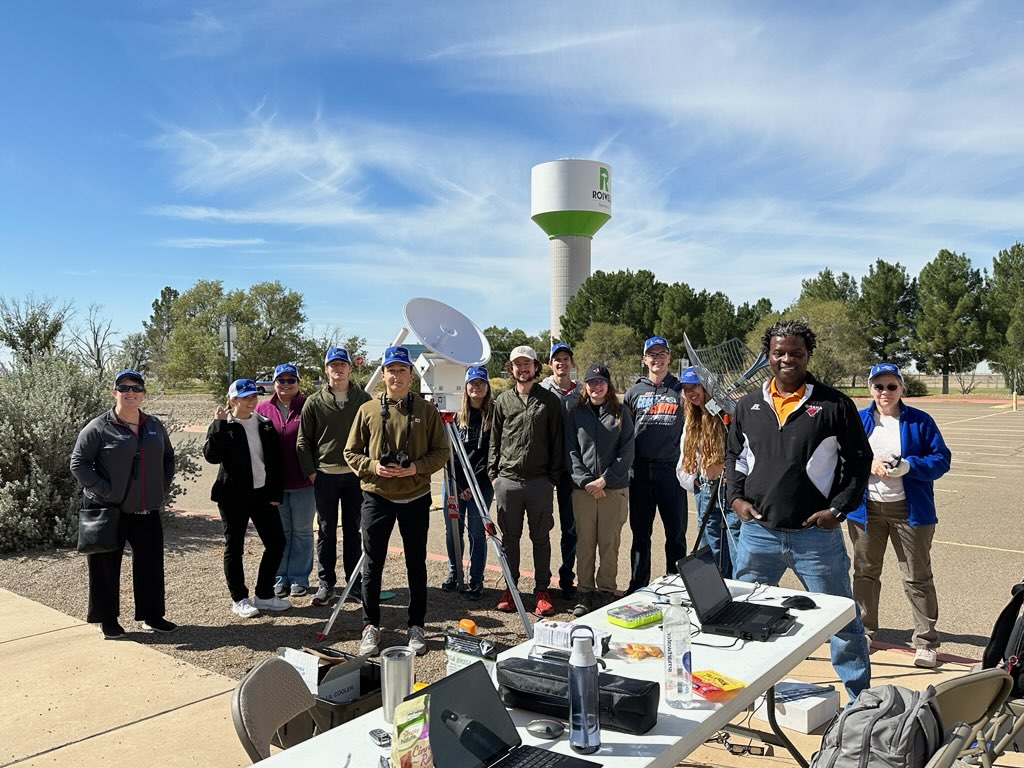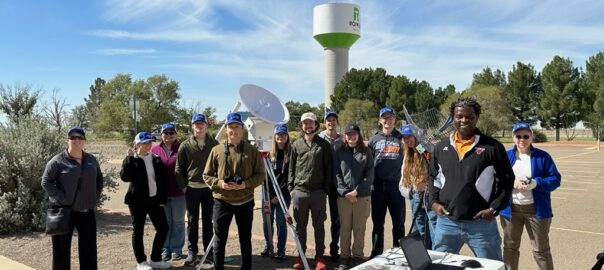Nebraska’s team of the Nationwide Eclipse Ballooning Project traveled to Roswell, New Mexico for the annular eclipse. We have been planning this mission for a year in which students took a class at MCC, built the equipment, and performed bench testing as well as a tethered balloon flight and a practice flight.
On Thursday, we packed up and drove the 13 hours from Lincoln to Roswell.
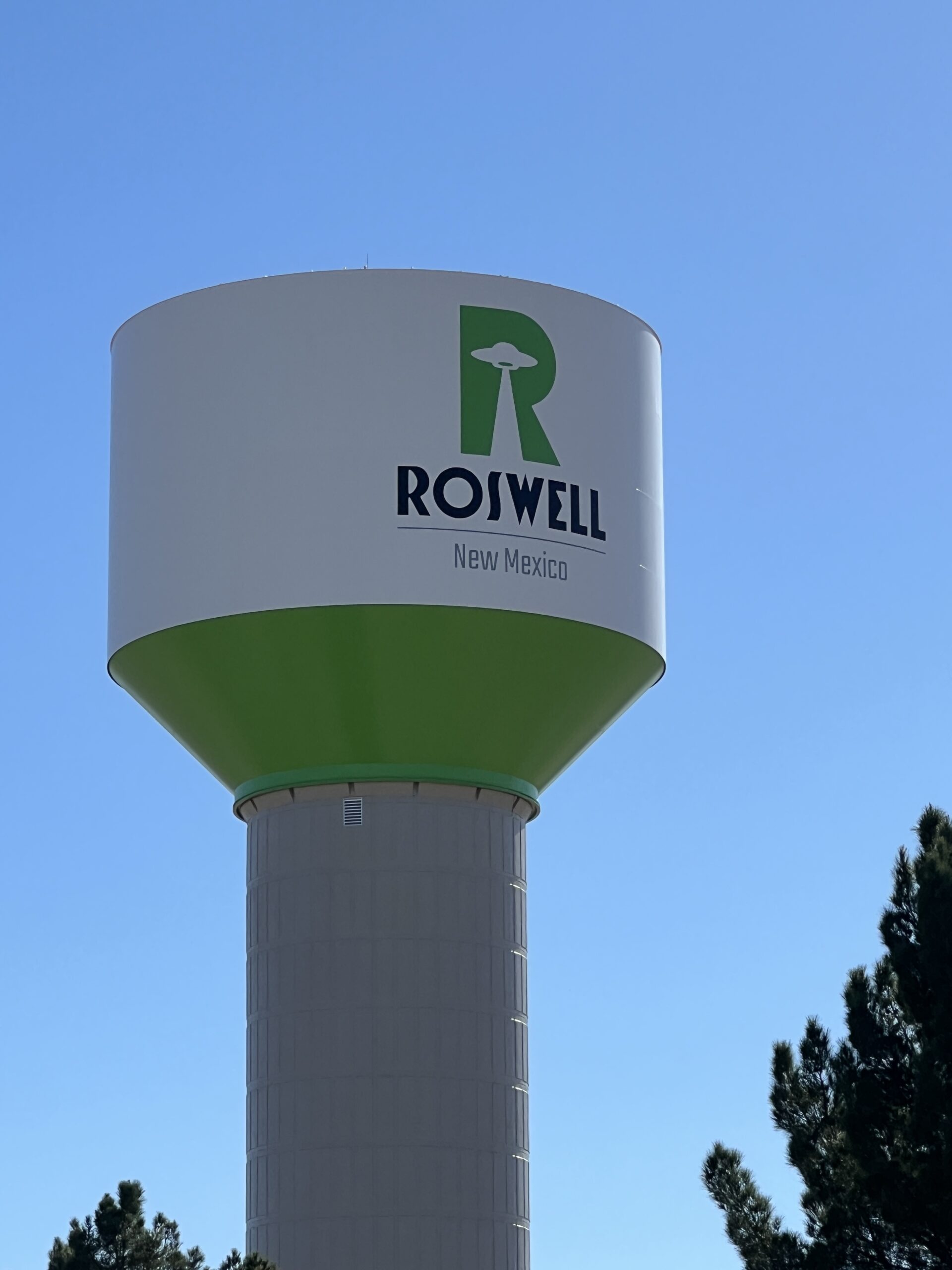
On Friday morning, the rental pickup would not start. After getting a jump start, we drove to a service station. While we waited for the vehicle to be serviced, Michael and I walked across the street and visited the International UFO Museum.


The rest of Friday was spent scouting out locations, picking up the helium canisters, testing equipment, charging batteries, and packing for the eclipse.
Early on Saturday morning, the Launch Team went to Hondo High School, 47 miles West of Roswell, New Mexico, while the Ground Station Team stayed in town at University High School. Two other NEBP teams were launching from the same location.

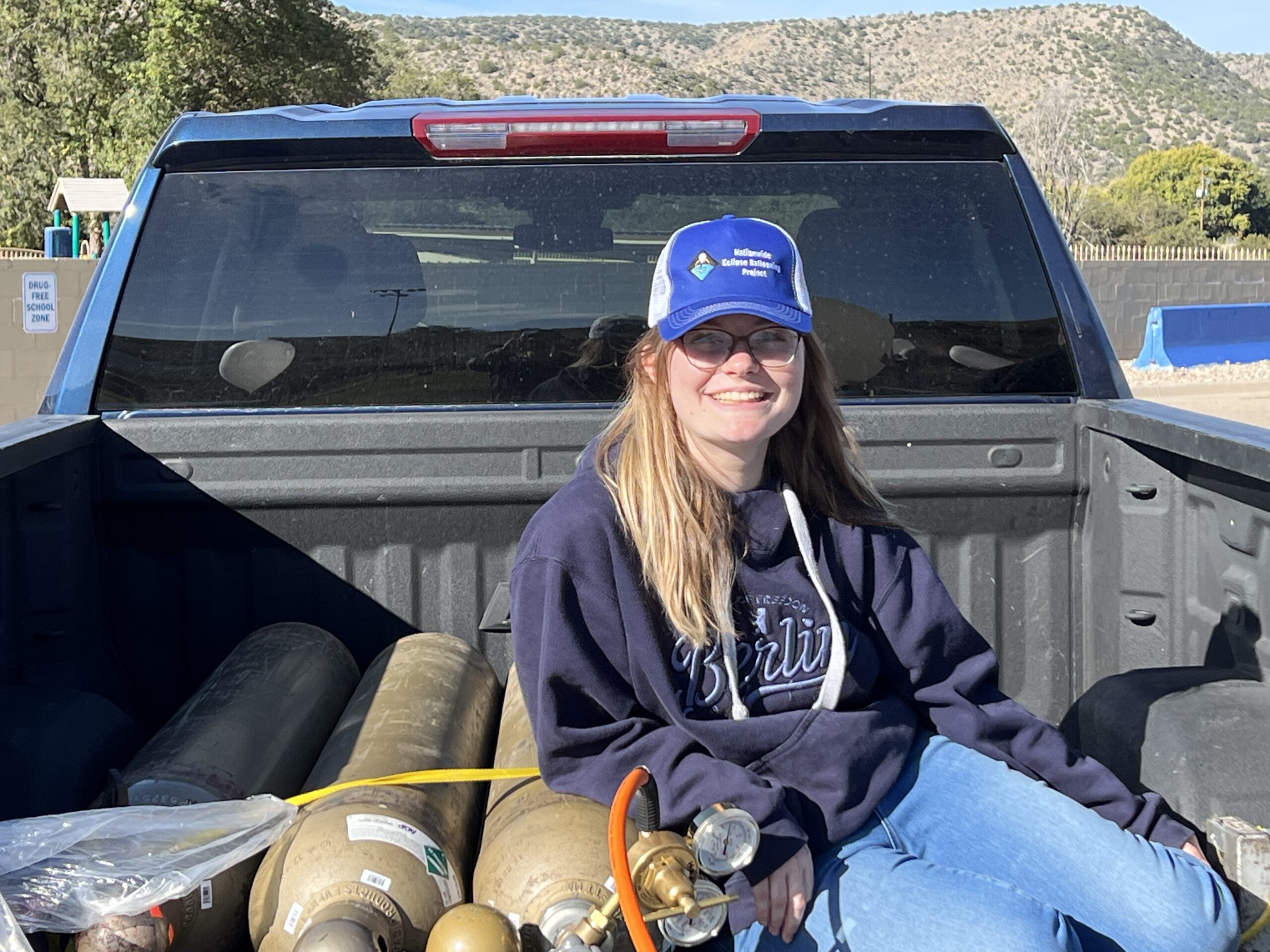

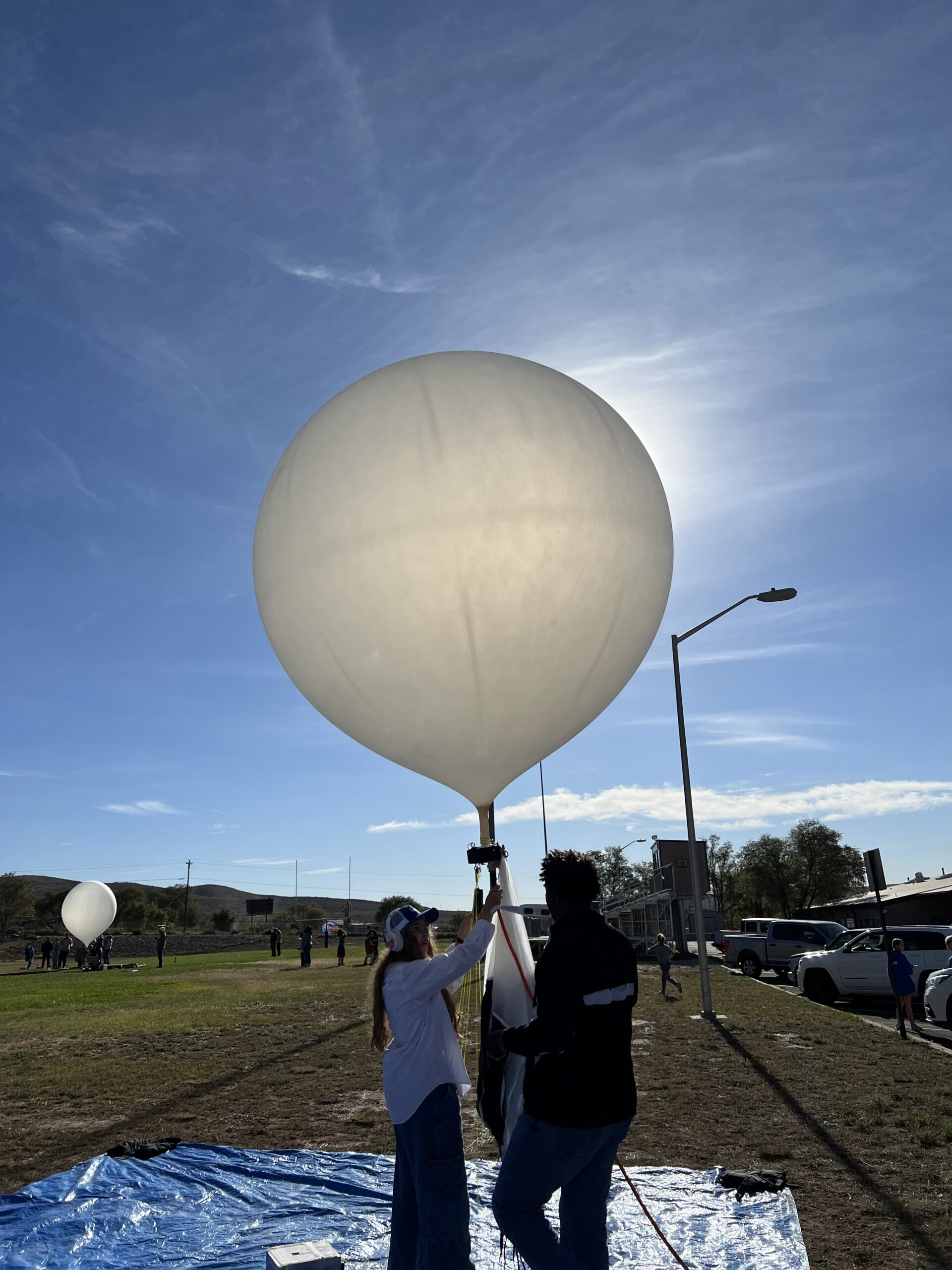
The balloon was filled and was on schedule to launch at 9:30am. The balloon was mostly filled when it separated from the vent, leaving the payloads behind. Surprised, but undaunted, the team quickly removed their second balloon, and started to fill with their back-up helium reserve. Launching a little late, but within an acceptable window, the balloon started its journey to the stratosphere.
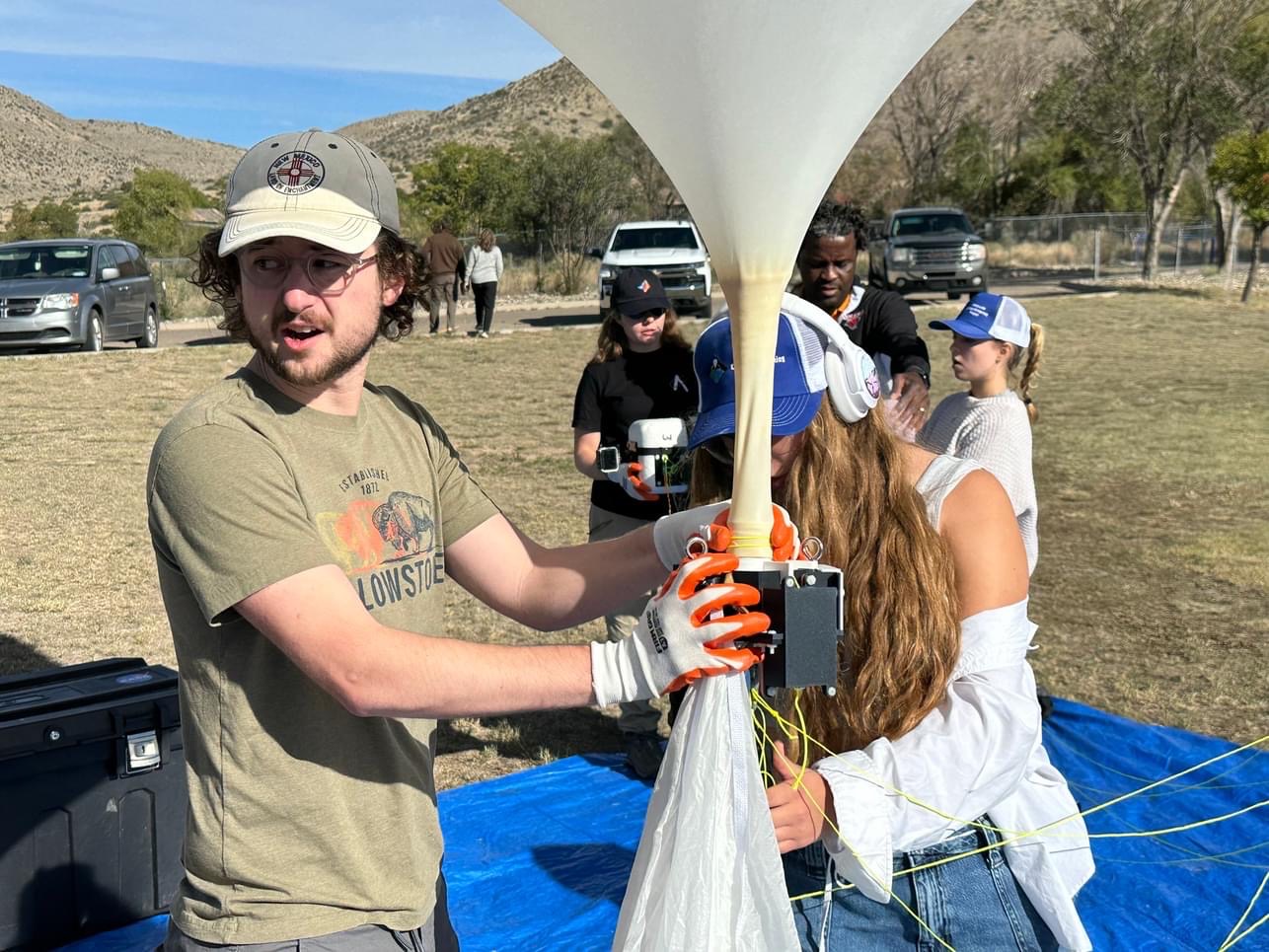

On the way back to Roswell to drop off the helium cylinders, we stopped to watch and enjoy the annular eclipse.
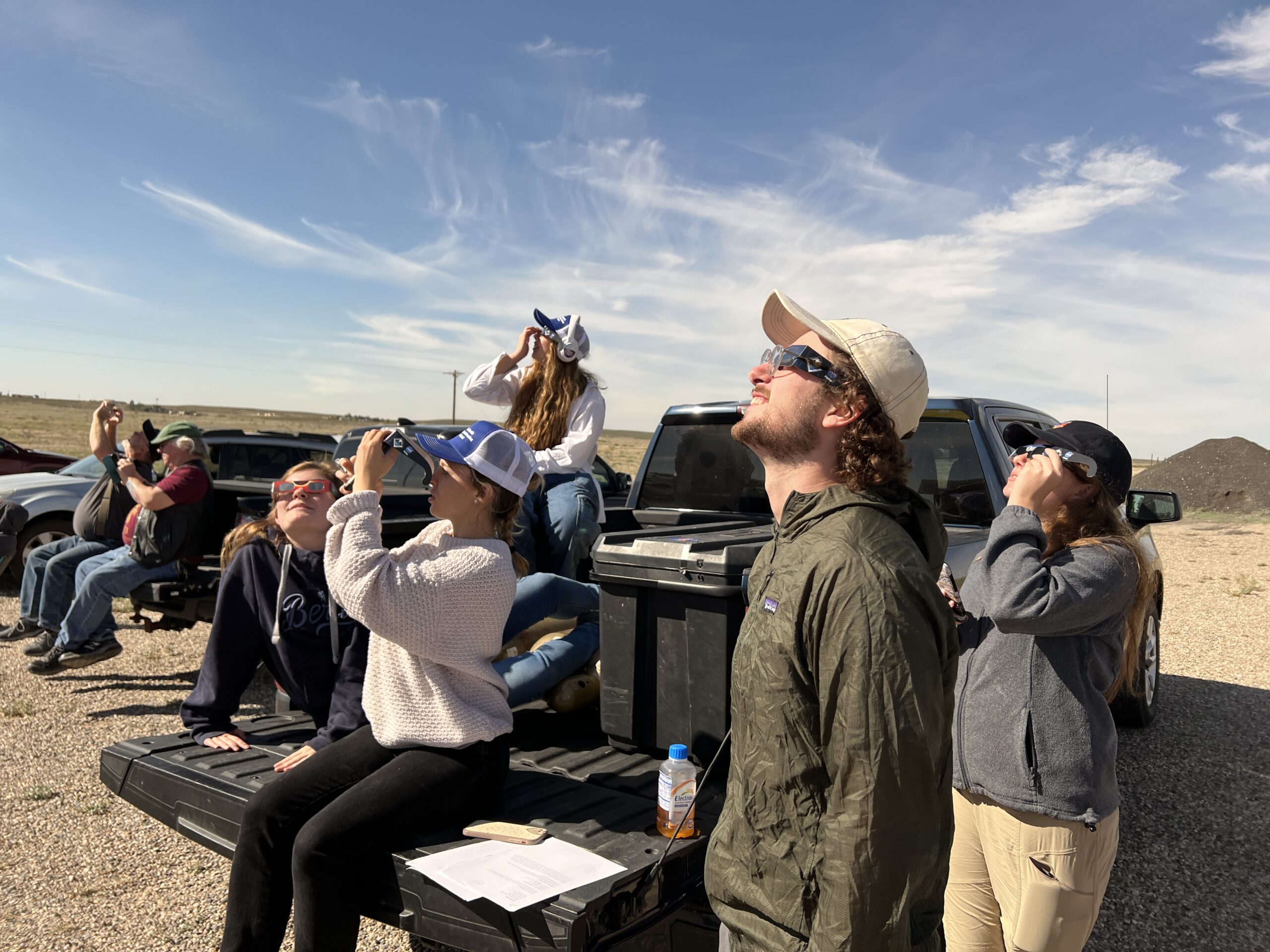

All of our systems were functional while in the air, if not perfectly. This includes the PTERODACTYL, Iridium, RFD900, 360 and Go-Pro camera systems, as well as the video streaming. We were able to live-stream our video through most of the flight from the balloon to YouTube, even if it was a little choppy, had some cut-outs, and the parachute obscured the view part of the time.
This was the most successful attempt of the entire system in flight that we have had.
The venting system was successfully activated around 60,000 feet, and took 20,000 additional feet to slow the ascent. The maximum altitude reached by the balloon was 81,138 feet. After the eclipse path had passed, a cut-down signal was sent, but the system did not cut.
The Chase Team followed the balloon 138 miles, drifting much further than anticipated. It turns out that the balloon never released and simply continued to vent until it lost altitude. This was a first for Michael and Kendra after 85 launches; actually recovering a payload, with the balloon intact!


The recovery team had a short ¼ mile walk onto public land to retrieve the payload.
There was no damage to the payloads and the video and science data will be reviewed in the days and months to come.
Another successful launch and recovery for Nebraska! We look forward to doing the same for the 2024 Total Solar Eclipse.


